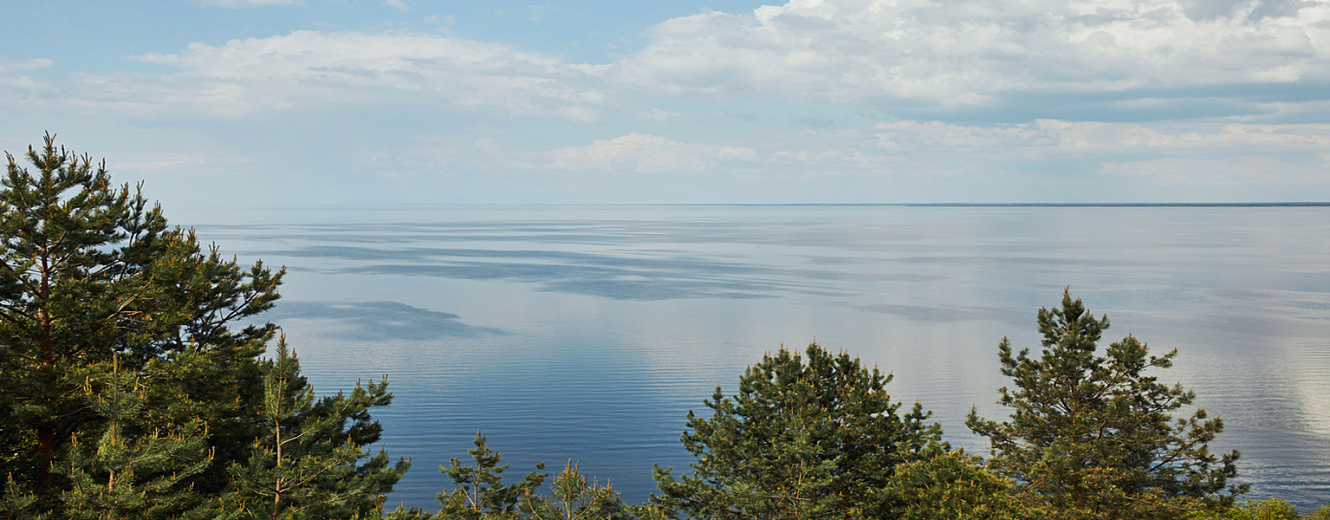White Lake

Traversing the White Lake should take only about two hours. Although this naturally formed lake is quite large (1,380 km) it is still technically considered part of the Volga-Baltic canal.
Mention of the ancient White Lake has been frequent in Russian history and folklore ever since its shores were settled by Veps tribes in the eighth century. Ever since, it has steadily served as a trade bridge between Russia’s North and South. In the 17th century, the lake became known as the “tsar’s fishing grounds,” as government boats cruised around enforcing a fish tax on all fishermen but those from nearby monasteries.
The lake was incorporated into the Mariinskaya System in the 19th century, and subsequently into the Volga-Baltic canal. It was used to absorb the overflow of the Sheksna River, a role that influenced its natural currents and flooded portions of its shores. The circular shoreline formed over thousands of years and suddenly disappeared. Decaying, submerged forests soon endangered the underwater ecosystem.
The town of Belozersk is located on the coast of the Lake. In terms of area, the White Lake is the second natural lake of Vologda Oblast (behind Lake Onega), and the third lake also behind the Rybinsk Reservoir. It is one of the ten biggest natural lakes in Europe.
A host of rivers flows into the White Lake, contributing to its 1,400 sq. km area. Only one river, the Sheksna, drains the lake. The lake bottom, for the most part, is uniformly flat and sandy, making for a consistent depth of five meters. Northern winds occasionally induce sizable daytime swells, while fogs can creep in and cover the lake during still nights. For most of the summer though, ships can count on smooth and easy sailing. And for those who seek to delight in its magnificent views, there is no better way to do it than to cruise with Vodohod!

